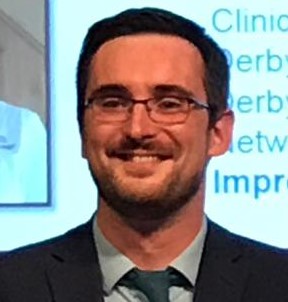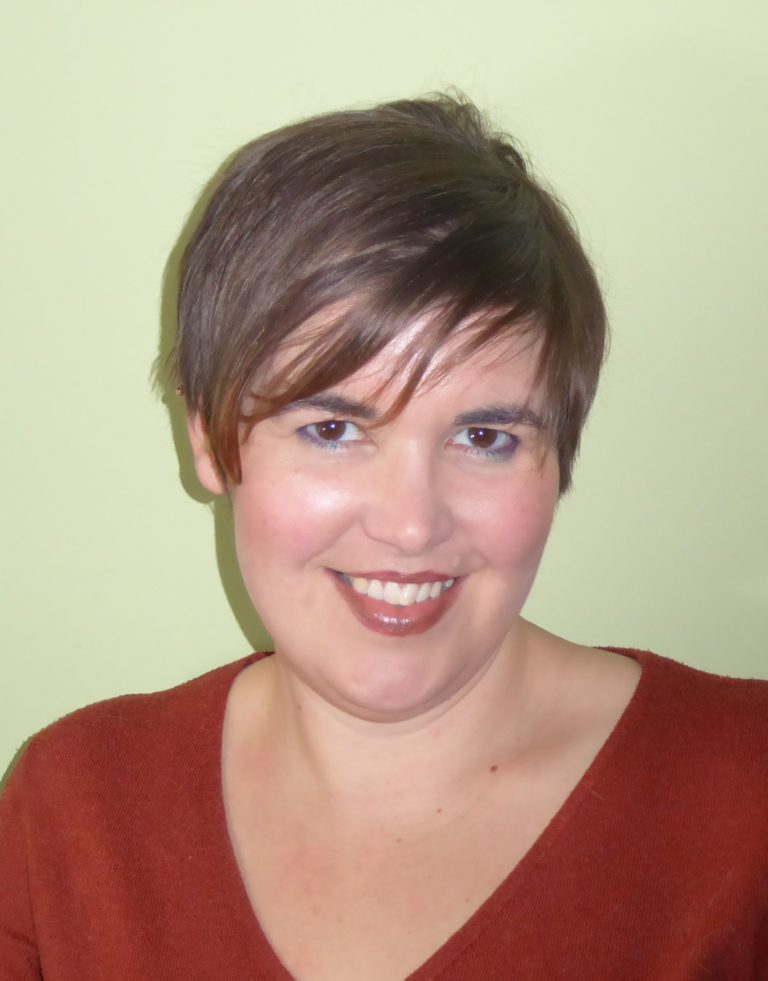A frontline revolution in digital healthcare
“Sometimes, what people really need is time to talk.”
It sounds so simple, but it is a digital approach at the Trust which is enabling this and it’s transforming people’s wellbeing.
Moving from paper to electronic, ‘digital’ documentation might seem a basic transition, but the way in which this is happening at the Trust is making a huge difference. Digital Innovation lead, Mark Simpson, explains.
“If a clinician has around 30 to 40-minute appointment with someone suffering with irritable bowel syndrome (IBS) for example, about 15 minutes of that valuable time was taken up with that person having to fill in a paper form. It’s an important form which captures vital clinical information about their condition. But it’s limited, and leaves limited time for the consultation.
“We designed the electronic version – which we now send out a week in advance of the appointment. It has a blank space. We invite people to use that space to tell us about anything else that is concerning them.
“This small change has had a huge, unexpected impact. People are using the form to tell us about all kinds of worries they have. This may seem irrelevant but stress and anxiety are closely linked to causing and exacerbating IBS.
“We often find their anxiety is about something completely unrelated, such as housing, so we refer them to the appropriate service for help.
“Not only does this approach mean there is more time for the clinician to prepare, it also frees up more actual consultation time – time to talk and time to care. As a result, we’re seeing vast improvements in people’s wellbeing.”
Other evidence backs this up. Clinicians have cut by half the time needed for each case and people have needed much fewer (around 57 per cent) appointments.
A bespoke approach
Mark has a unique perspective at the Trust as he works alongside all the different services to spot and support how bespoke digitalImage of someone using a digital health app on their smartphone innovation can help drive improvements in care quality. The breadth of services is such that one size – or one digital innovation – will never fit all.
Within the last few months, the Trust’s cardiac team has been offering people a new cardiac, self-management app to support their rehabilitation at home. The restrictions in face-to-face and hospital-based care during the pandemic fast-tracked its use. The team observed that people generally understood why their care had to be offered in alternative ways.
Although it has yet to be evaluated, the team is expecting to see savings in time and costs, as well as significant improvements in people’s wellbeing.
But the digital approach doesn’t suit everyone.
“Nothing trumps patient choice,” says Mark. “Our teams take care to properly assess each person’s needs and preferences and to adapt care to what best suits them. For some, that will always be the face-to-face, more traditional approach to care.”
“What matters most is the outcome for each person. Evaluating that runs through and above everything, whether it’s a digital approach to care or not. It’s not just about people being comfortable with a particular approach. We always have to ask, ‘did it help them get better?’”
Digital isn’t scary!
These examples are part of a quiet digital revolution Mark is leading from the ‘ground up’. Less than a year ago, he began by inviting clinicians from all disciplines in the Trust to join an informal, open session to discuss digital healthcare. The first session began. Two people turned up.
By the fourth session, there were 50 people. And attendance hasn’t waned since.
mixed group of adults discussing digital healthcare
Stock image
Today, it’s a Trust-wide digital champions’ network including people ranging from senior strategic roles to frontline clinicians. They ask questions, share ideas and equip each other with new, digital skills.
“We’re doing this from the ground up,” said Mark. “It’s having a brilliant effect on creating a culture of innovation and breaking down taboos about digital. Digital isn’t scary!
“It’s no good giving people tools without giving them your time. People need to learn new skills and, as they do, they gain confidence and quickly realise the simplest digital tools can transform their working day and the care they give.”
Making stuff better
So what is Mark’s vision? What would overall success look like?
“Interoperability,” says Mark. “If all our systems across health and care in Leeds could ‘talk’ to each other, it would be amazing for transforming the quality of care. Especially between hospitals and community settings. It’s a huge challenge and certainly not exclusive to Leeds.”
In the meantime, Mark leaves the strategic view to others.
“I love working alongside our services trying out cool, new things. It’s not just for innovation’s sake but, as our mission states in true Yorkshire plain speaking, we love ‘making stuff better’.
What a difference best care makes
If you fix a broken leg, it’s a job well done. It’s easy to see and straight forward to evaluate. But community healthcare is generally less clear cut.
People who need care in the community tend to have long term health conditions many of which are progressive, such as diabetes, respiratory conditions or heart disease.
“In those situations, we are aiming to provide care that enables people to enjoy the best possible quality of life,” says Iona Elborough-Whitehouse, the Trust’s lead for clinical outcomes measures.
What does ‘best’ look like?
Iona’s role represents a novel and rare approach for an NHS trust.
She focuses on measuring the quality of care based on the differences it makes to people’s health and wellbeing. That is, to their ‘clinical outcomes’.
“Quality of life is a very subjective concept,” says Iona. “It’s personal. One person’s goal may be to feel confident moving around their own home safely and independently, whereas someone else’s priority might be to continue going out to various social activities.
But evaluating the underlying evidence-based care is the same.”
Reducing health inequalities
The Trust is prioritising this approach as a way of helping reduce health inequalities. Iona acknowledges this is a very broad and complex issue but has diverse examples of how this is already working, including an award-winning approach to helping children who use wheelchairs enjoy life to the fullest they possibly can.
“We know the support we offer these children is limited, simply because we can’t get out to see them all, but one of our physiotherapist assistants decided to develop an alternative solution,” explains Iona.
“We knew kids were benefitting from the course, because our colleagues who equip them with wheelchairs saw that they had improved skillsets, but the outcome measure helps us understand specifically how they’ve benefitted from our care,” explains Iona.
Other examples of evidence to reduce inequalities include assessing who was using mental health services despite the move to digital solutions during the pandemic. The team was concerned it would be inadvertently excluding older people. By analysing the data, Iona was able to show that patterns of access to services had remained the same across age groups, therefore alleviating some of those concerns.
Joining the dots
The latest evidence-gathering project is the launch of new resources for clinicians and those they care for, made in easy-read, accessible formats. The resources help explain a person’s care, such as reasons why they need repeat blood or physical agility tests.
“We worked with the learning disabilities lead to make sure these would be really accessible for everyone. If people understand more about their care, they more readily engage with it and it motivates them to want better health and life quality,” said Iona.
It’s too soon to understand the impact of these resources but Iona is hoping they are another step towards the Trust’s ambition for excellence. The Care Quality Commission has already rated the Trust as ‘good’ but Iona shares the Trust’s ambition to be rated ‘outstanding’.
“We’re on an exciting journey and there’s lots more to do. But this is an important step towards supporting the city’s ambition to improve the health of the poorest, the fastest.”


